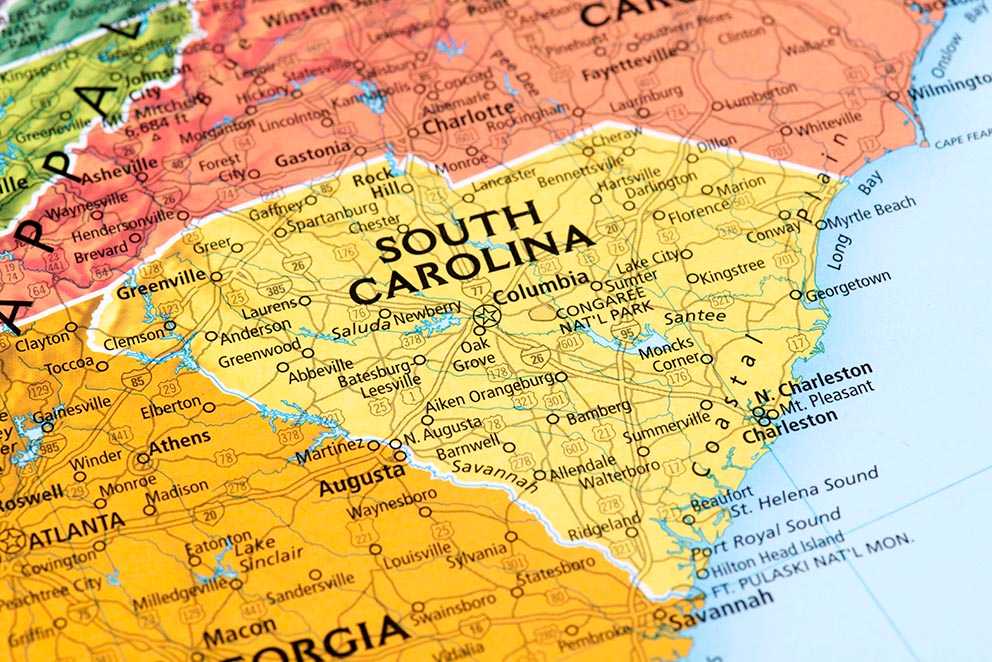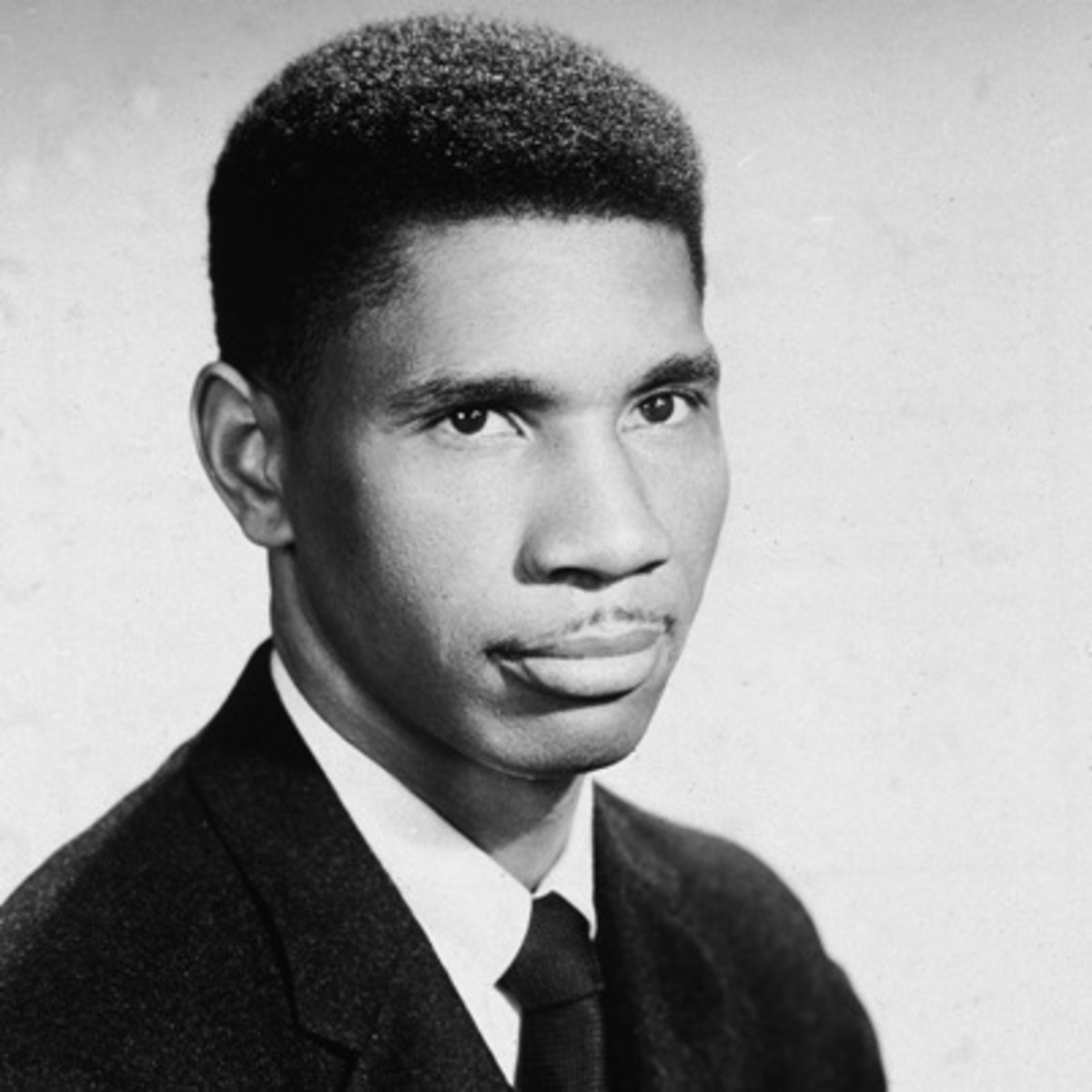The uprising in Santa Domingo in 1521 represents the earliest documented slave revolt in the Americas. Occurring on Christmas Day 1521, it unfolded on a sugar plantation belonging to Diego Colon, the son of Christopher Columbus. Diego Colon was the governor of Hispaniola, now known as the Dominican Republic/Haiti. The rebels originated from Diego’s own cane-sugar plantation. Aware that it was a festive time for the Spanish, as they observed in their own words “The birth of the Redeemer”, the rebels orchestrated a revolt.

Generally many of the enslaved escaped into the wilderness instead of dealing with the grueling work on the sugar cane plantation. Maroonage was an ongoing issue on the island, as blacks, whites, and Canarians escaped into the wilds. Some being taken in by the natives on the island. However, a number of enslaved individuals staged an insurrection using improvised weapons and sharpened poles. Marching westward from the banks of the Nigua River, they hoped to reach other Africans working on other plantations. The rebels killed or wounded the Spanish colonizers and stole jewelry and clothes. Gold was also obtained from travelers on roads and in the area as well.
Identity of the Rebels
According to local oral tradition, Maria Olofa and Gonzalo Mandingo were purportedly the leaders of the rebellion. The Spanish authorities claimed that the rebellion aimed to eradicate Christians, abolish slavery, and seize control of the island of Hispaniola. The enslaved individuals, were primarily Africans who had been Christianized in Spain. In 1535 a printing of Fernandez de Oviedo’s book Historia de las Indias, describes the rebels as speaking the Wolofs language and numbering about twenty. (Wolof is a language spoken in Senegal and The Gambia.)
Black Codes
Diego Colon personally quelled the rebellion, leading to the implementation of stringent laws. The ordinance pertained to “Blacks and slaves” according to Spanish officials. This distinction outlines that not all slaves were black but all blacks were considered of a lower caste. There were also Mulatto and free ladino black people that were later blamed for uprisings on the island. These laws restricted the movements of the enslaved, prohibited large gatherings, and imposed physical punishments, executions, and limited access to weapons. Despite these measures, the quest for freedom persisted, giving rise to numerous subsequent revolts.
Read more here: https://www.blackpast.org/…/the-1521-santo-domingo…/
https://en.wikipedia.org/…/1521_Santo_Domingo_Slave_Revolt




